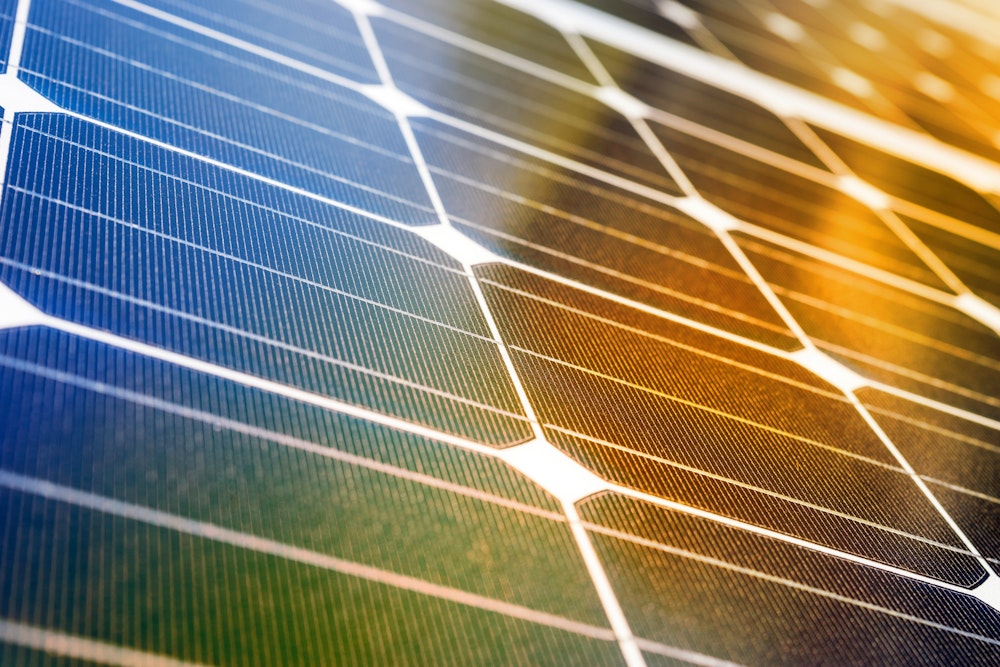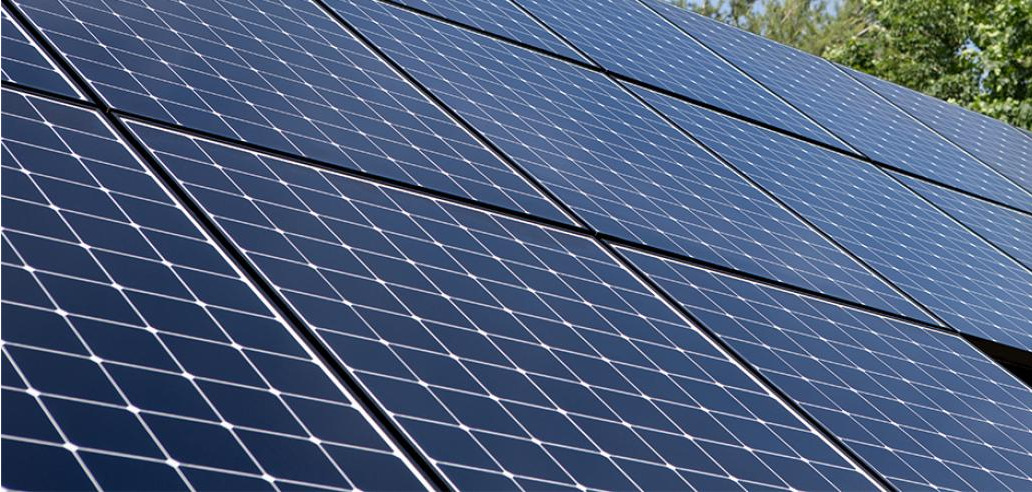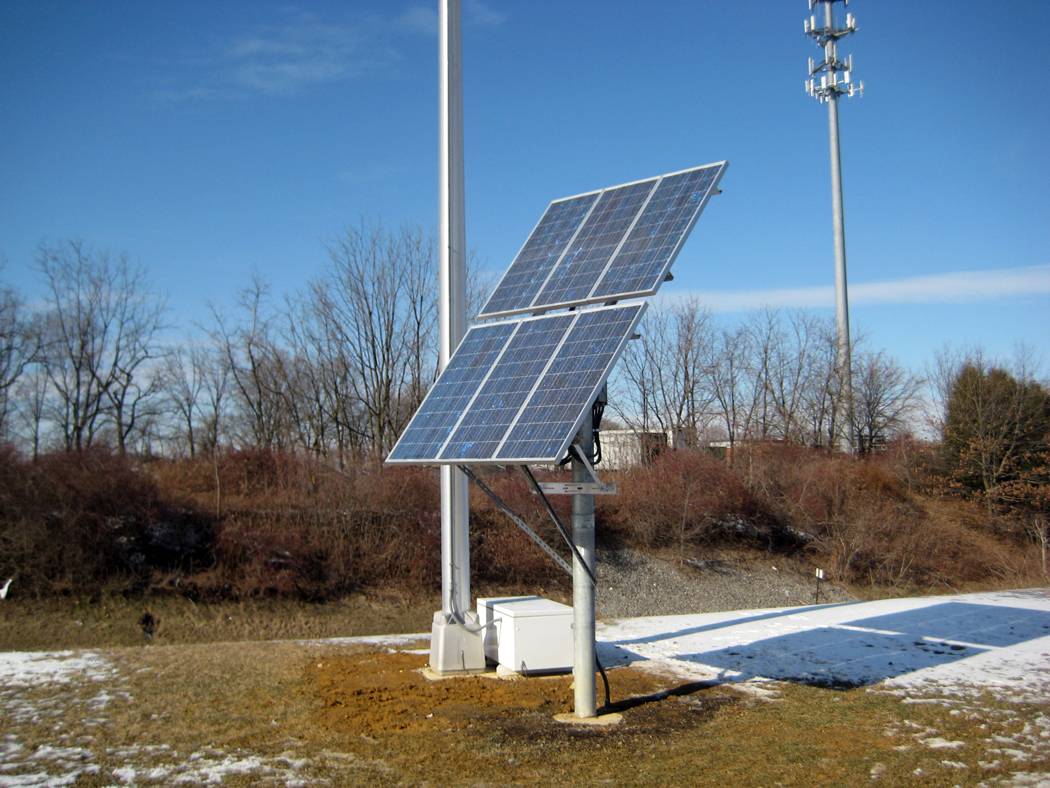Initial Investment Cost
When homeowners want to install solar panels, the initial costs may be higher than what it seems from the first glance. There are numerous hidden expenses associated with the installation, which might severely impact the financial issue required to convert to the new energy source. The following information is vital to understand how to be financially prepared for the installation of solar panels in one’s home.
Upfront Expenses
The upfront expenses for the installment of a solar panel system cover more than the goods themselves. To comprehend the single unit’s price, homeowners also have to consider the price of the inverters, mounting system, and all the necessary balance of system components. It varies from $1.00 – $1.50 / watt. Applying this to an average home solar system of kW, one has to be ready to invest an additional $5,000 – $7,500 for the unite hardware.
Offers with Hidden Fees
Homeowners who receive offers from the servicing company should be attentive while looking through the list. Quite often, installers include hidden fees into their quotations, which may not be immediately noticeable. Among them, there might be supply chain fees due to the increased demand, or the tariffs due to the foreign supplier’s site. For example, because of the recent regulations, the import tariffs for the solar panels may reach 15-25%, which will raise the financial investment significantly.
Expenses for Labor
The installation of a solar panel system is labor-consuming. The labor expenses will be no fewer than $0.50 – $1.00 / watt, depending on the complication of the process and the geographic condition. Therefore, one may expect to pay additional $2,500 – $5,000 for installing an average home solar system. To avoid choosing dubious contractors, homeowners have to apply only to reliable companies that have unhidden pricing policies.
Equipment Testing and Certification
All of the equipment used throughout the installation, such as panels or inverters, should be proven to meet particular standards and required certifications. The expenses for testing and certificating will be a few hundred pounds. Such cerifications will guarantee that the system will work reliably and safely. They are also required by the law in many states.

Licensing and Compliance
Solar panel installation is a not as simple process as mounting panels on a roof or some other surface. It is a path through the maze of local, state, and sometimes even federal regulations. All these regulations make solar installations more costly due to requiring various licensing and ensuring compliance with the laws. One of the notable factors adding to the overall price is the fact that these additional costs are often omitted under the initial assessments.
Local Building Codes
One of the most critical factors is local building codes, which can differ significantly from one jurisdiction to another. Since these requirements can dictate whether the system is installed on the roof or some other place and require a fixed angle both vertically and horizontally, the costs can be quite high. The materials to be used can also be regulated, denting the installation expenses. One of the examples lies in California, where it is a code requirement to use seismic reinforcements. Meanwhile, in other states, this is not necessary, and the costs can rise by hundreds or even thousands of dollars.
Permitting Process
At the same time, another hidden cost is the permitting process. Indeed, the vast majority of local governments require a permit for solar panel installation. These can be less than $100, but some jurisdictions can charge from $500 to $1,000 or even more. Moreover, multiple permits can be needed, such as electrical and building permits, which can also cost from less than $100 to more than a few hundred dollars. In particular, there is a fast track for a solar installation permit in San Diego. Despite the fact that its cost overwhelmed me, it was still necessary to pay nearly $500.
Compliance with Utility Regulations
Apart from that, the grid interconnection process also has to comply with the utility regulations. In other words, homeowners that connect their solar systems to the grid have to adhere to the utility’s procedures and equipment requirements. These also require an inspection by the utility’s own engineers, which not rarely entail undisclosed fees. The inspection may further require using a specific type or brand or an inverter or some other equipment. In general, complying with all these requirements can generally limit the choice and raise the costs. Some utilities may require payments, but sometimes they may come too short of money or time to perform the inspection. This can lead to blocking the grid connection or even levying a fine.
Homeowner Association Rules
Certainly, if the homeowner’s association also governs the community, the compliance can be extremely expensive. Some associations have unprecedented regulations on the visibility or aesthetics. Homeowners may be forced to buy panels of a certain specific brand and design to use additional equipment that is obviously more expensive than simply mounting the system. For example, in a high-end community, the homeowners’ association has to make sure that all solar panel installations are nearly invisible from the street. This is very expensive and requires using custom panels, I could never imagine using standard ones.
Utility Grid Connection Fee
One of the least expected costs in the whole process of solar installation is the utility grid connection fee. This is a fee charged by a utility firm for integrating a new solar energy system into their existing grid infrastructure. Therefore, having knowledge about this fee is important for a homeowner to accurately consider the entire cost going solar.
Fees to Connectto the Grid
As anticipated, the grid connection fee is highly dependent on the gatekeeper and the nature of the solar installation in addition to the location of the two. The cost ranges from $100 up to $800. This figure is a reflection of the cost of the utility’s labor to physically integrate the panel with the grid, in addition to the cost incurred in connecting the pool to the grid, of that in filling the application so that the utility modifies their whole system of managing energy to incorporate this whole solar as part of the generalized plan.
Infrastructure for Compatibility
However, the process can be more involving and entail the installation of more things than what is connected. In some instances, connecting a residential solar system to the grid may need upgrading of a home’s existing utility infrastructure concerning the age of the home, or of the utility’s infrastructure, or both. This may include new transformers or the extension of poles to receive the new system. These costs are not cheap as they range from $2,000 up to $10,000 depending on the needs of the installation. However, this cost is not included in the connection fee.
Inspection and Approval
However, the additional costs can be further extended after the grid connection fee by a need for inspection rather, now that the utility capacitorto do so by $150 up to $500. This inspection aims at determining the safety and performance of the installation of the system. Furthermore, a cost surrounding the installation of a particular next meter capable of measuring both the sending of power and the taking of power source from the grid at the same time the homeowners ought to happen, whereas in other arrangements on the cost is left on the homeowners to handle_installation ranges from $300 up to $500.
Maintenance and Repair
While solar panel systems are generally easy to maintain and are known for their low maintenance requirements, they are not completely maintenance-free, and the hidden costs of maintaining and repairing solar systems are often not accounted for in a system’s investment cost, a factor which causes expenses to build up over a system’s lifespan and to affect return on investment calculations for a solar-based system.
Long-term maintenance costs
Maintenance is crucial to a system’s performance and overall efficiency. Cleaning away dust, debris, and snow from the panels has been shown to play a significant role in panel performance, but good solar panel cleaning in rural areas will generally run you between $150 and $350 depending on the extent and location of the array. Thermal imaging inspections, which may detect both panel and system problems, typically cost $200-$500.
Unexpected repairs and replacements
Panels are relatively tough, but they may break, due to reasons like inverter damage or failure such as in the case of hail or heavy snow. For example, replacing an inverter costs $1,000-$2,000, is likely not to be covered under the inverter’s warranty, and must be done at least once during a system’s 25-30 year baseline lifespan of withstanding negative conditions.
The costs in repair or replacement of malfunctioning panels are potentially very high, and heavily depend on whether or not the broken panel array is under warranty. Solar panels typically carry a 20-25 year warranty, which is designed to coincide irregularly with the panels’ lifespan, but not always. Even if something is free because it is under warranty, labor costs involved in replacement are not, and cost an additional two or three hundred dollars in maintenance over the life of a system.
Monitoring system health
Modern systems can come with monitoring software such as the SunPower’s Home Energy Management System which is a Premium System Manager that comes with a $500 charge for equipment and subscription, other systems may or may not require other subscription-related options which may cost $300 to $500 for the installation of non-hardware components.

Insurance and Warranty Coverage
When investing in solar technology, the value and sustainability of a property acquire new dimensions. However, enhanced capabilities also mean increased complexity of insurance and warranty coverage, which may result in hidden charges. It is imperative to understand these aspects to protect the investment of solar technologies and ensure that the money spent pays off in the future.
Solar Panel Premium Increase
Because of the bigger investment in solar panels, insurance requirements also naturally increase. Insurance companies typically require higher premiums based on the judgment of the factors such as the increasing value of property replacement and potentially higher risk of damage due to increased reliance on the technologies. In practice, it means that homeowners/installers may expect an additional contribution of around $100-$500 to their insurance premium per year. The size of the premium will proportionate the size of installation and the policy of the particular insurance provider.
Warranty Limitations and Exclusions
Solar technologies are known to be reliable, but even with their comprehensive warranties can experience malfunction, benefiting the cost of replacement or repair that is not included in the warranty. Under the warranty, solar panels are typically covered for 25-30 years, while the warranty of inverter would average approximately 10-15 years. Nevertheless, warranties usually exclude environmental damage unless a specific scenario is explicitly discussed, and labor costs for replacing the defective parts that could amount to up to $200. Thus, there is a possibility that the claim under the warranty will be paid and the parts will be replaced, but many homeowners are surprised to learn that their insurance does not cover the costs to employ people to change the part in question, ending up paying more than they initially planned. Besides the financial aspect, the claim to the manufacturer will also consume much time and efforts, not being able to actually use the functional aspects of the solar capacity of the property.


